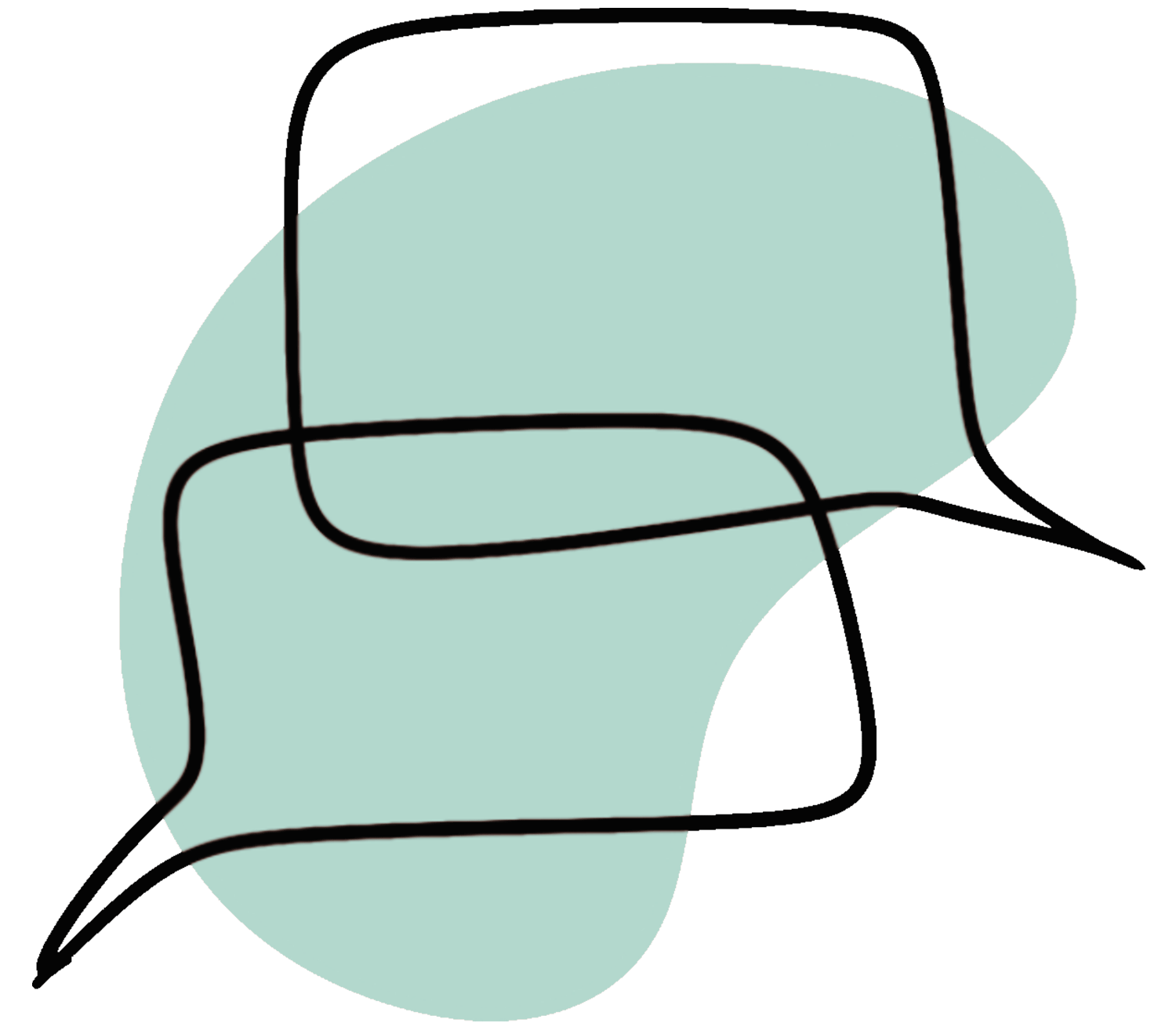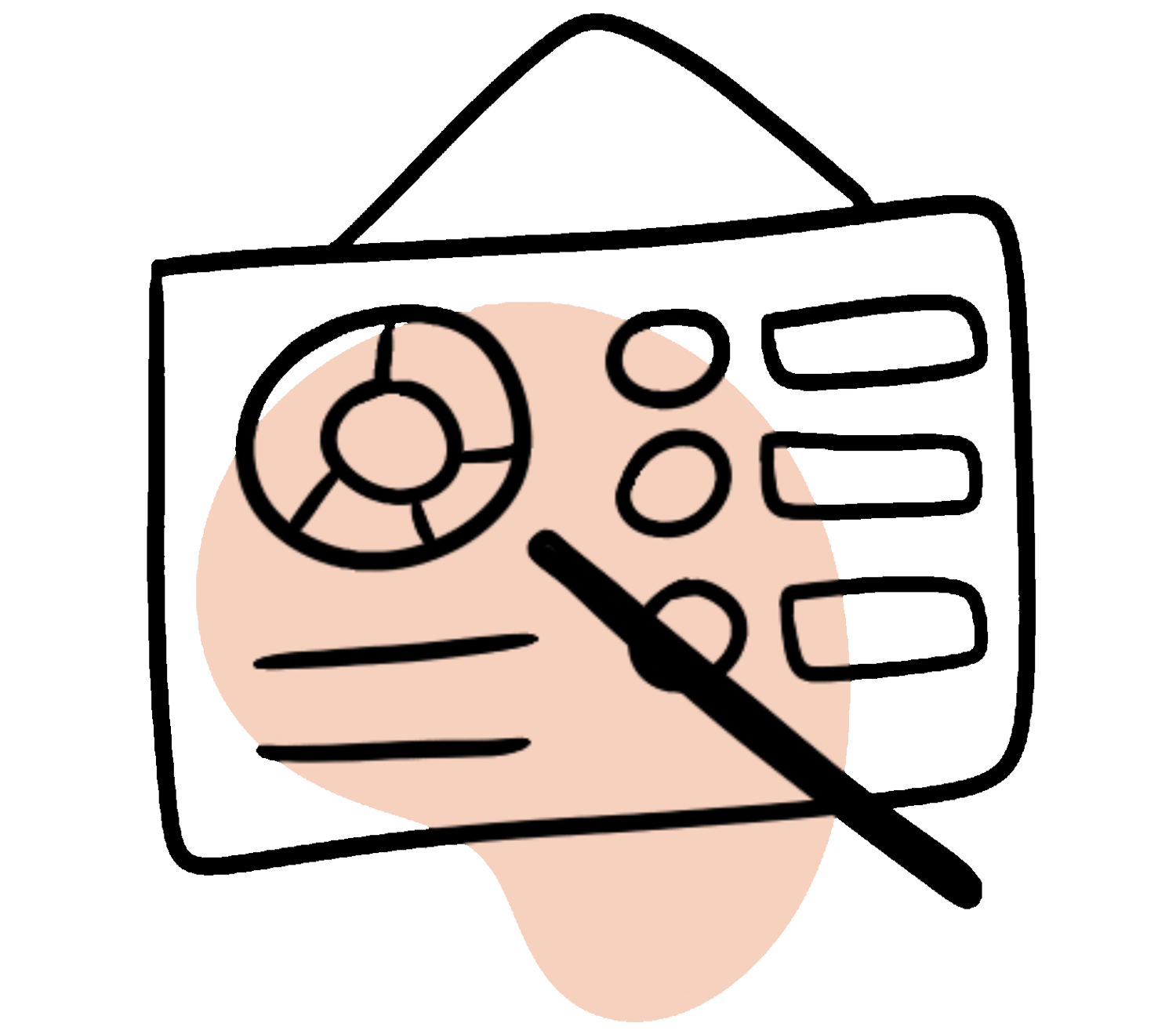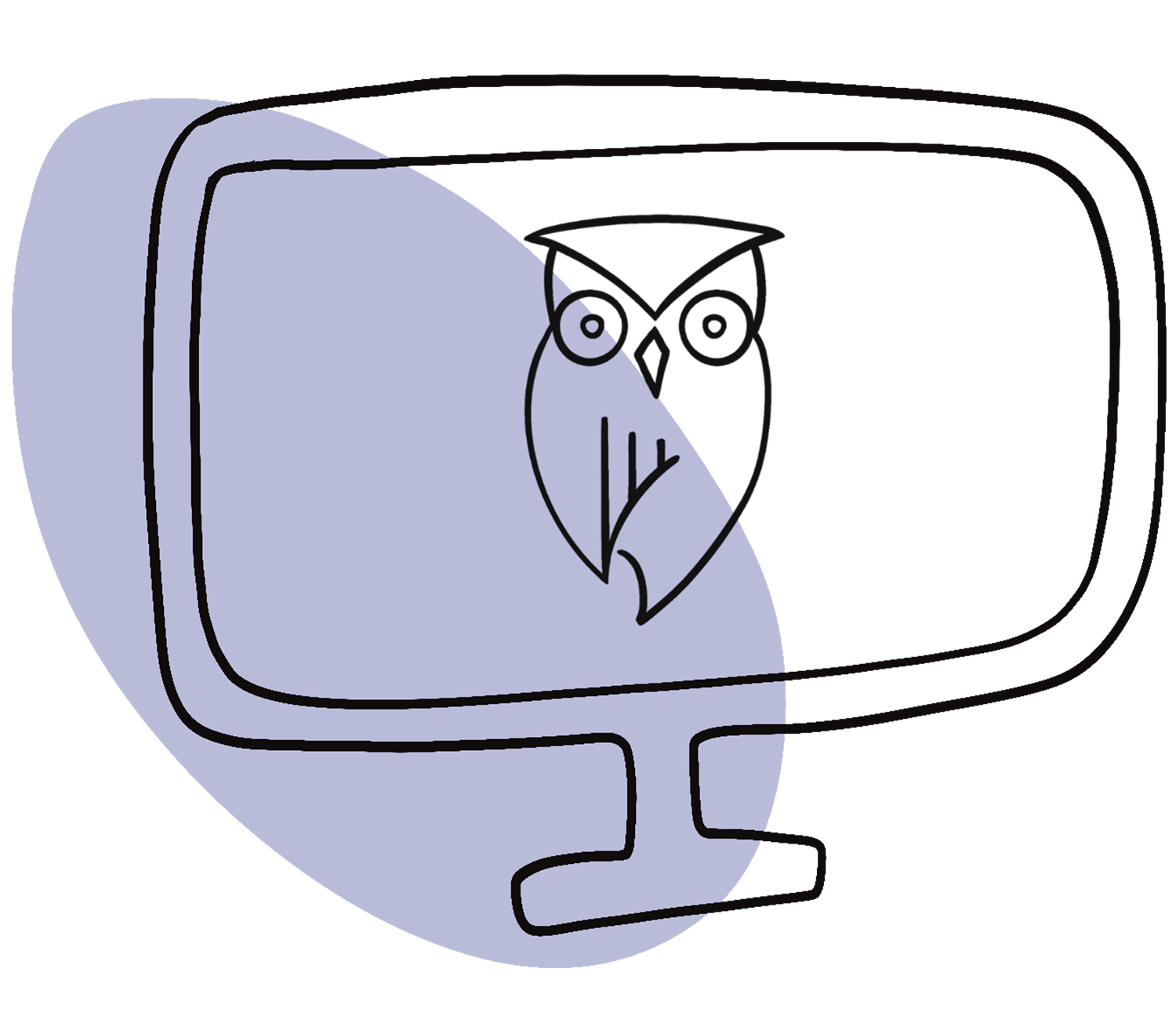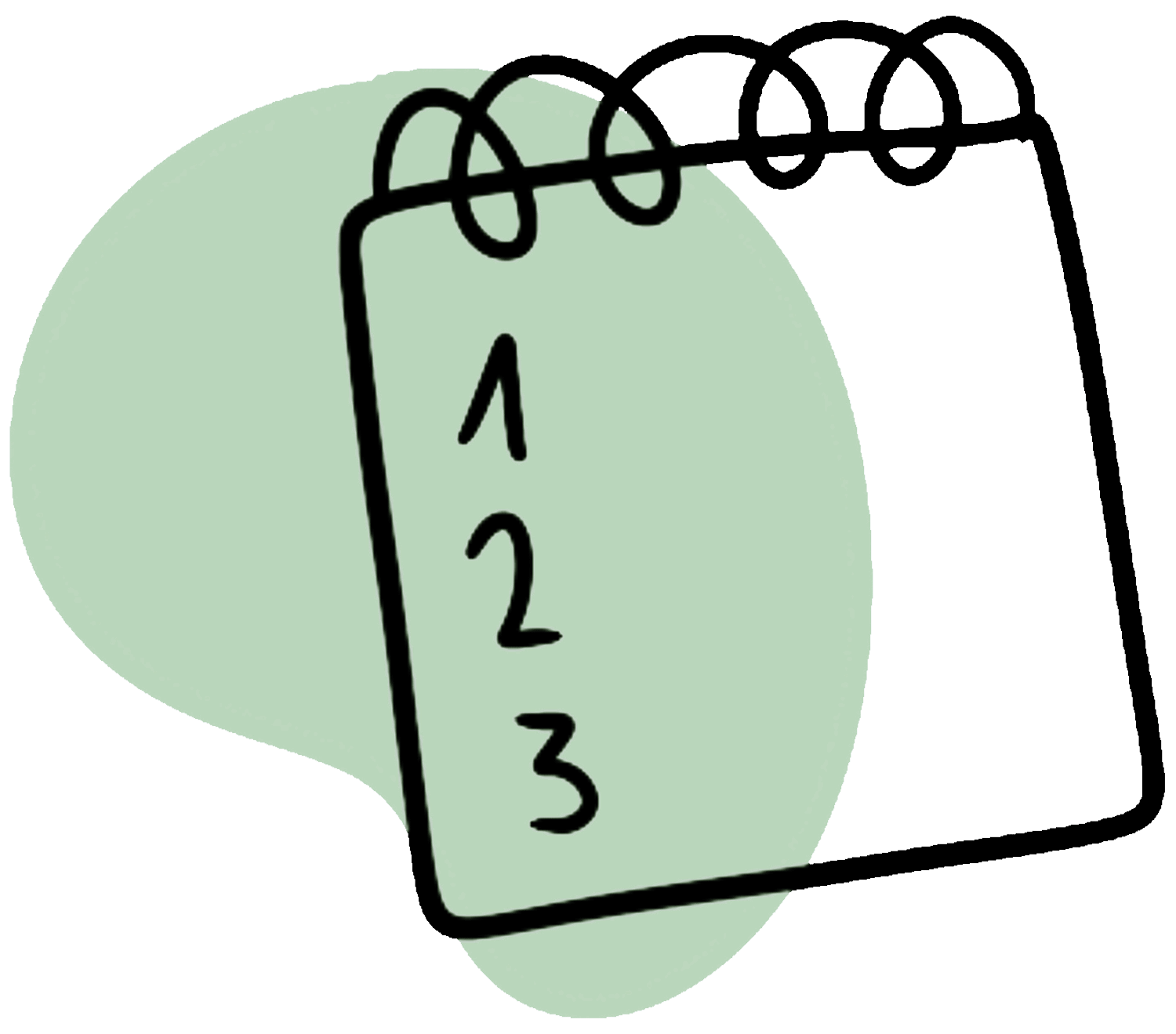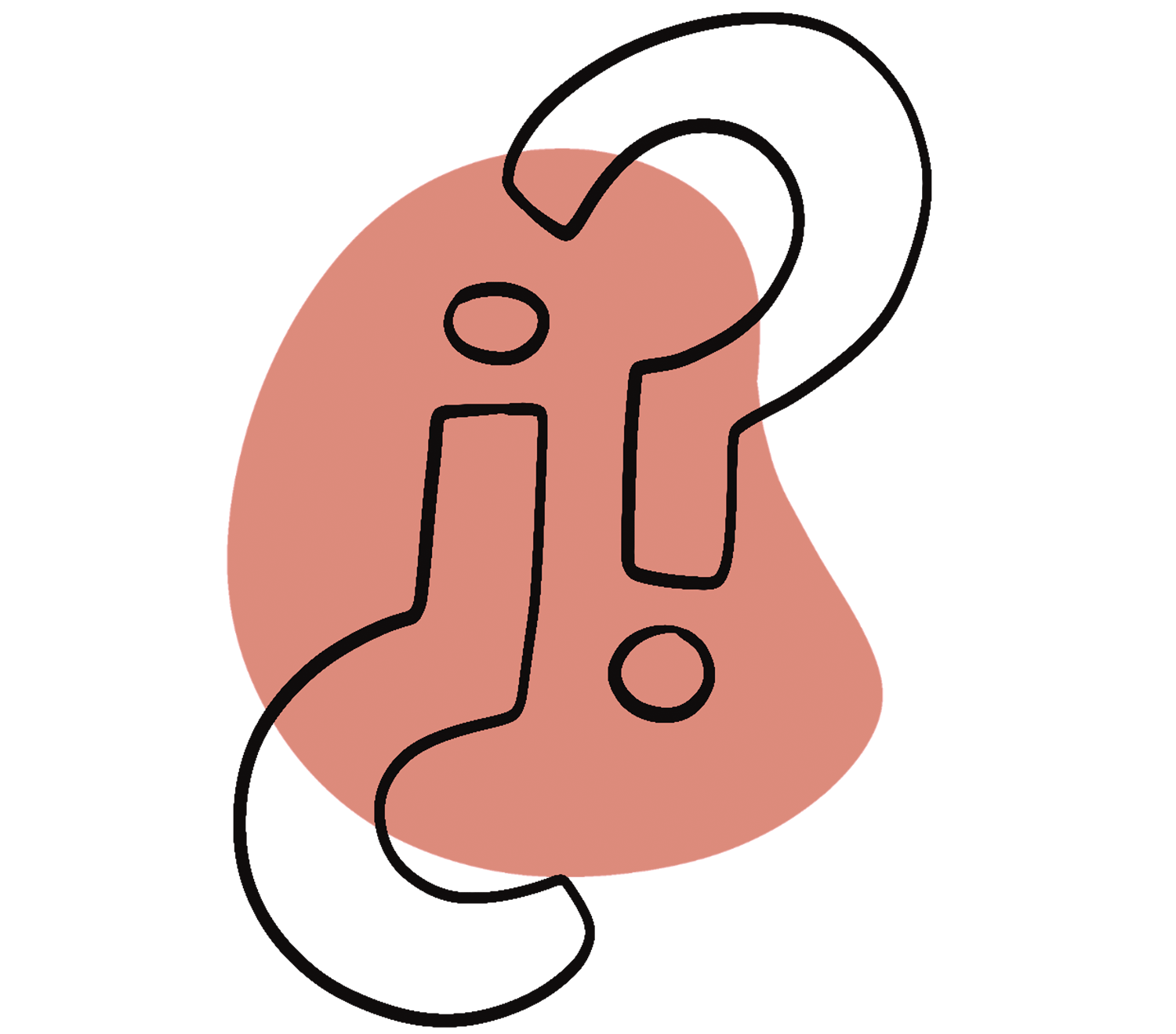There isn’t the one correct scientific language, but rather a dynamic range of possibilities within a field. However, the language in scientific texts is generally:
- objective
- proven
- neutral
- precise and unambiguous
- short and concise
- formal
Write about content that is relevant to your research question at that point.
Example
Depending on education, profession, social status, and marital status, employees have different options for balancing work and family life.
Not: Balancing work and family life is a difficult balancing act for many employees. Although companies can create alternatives to working outside the office with telework or remote work, the opportunities for successful reconciliation of work and family life vary greatly depending on education, profession, social status, and marital status.
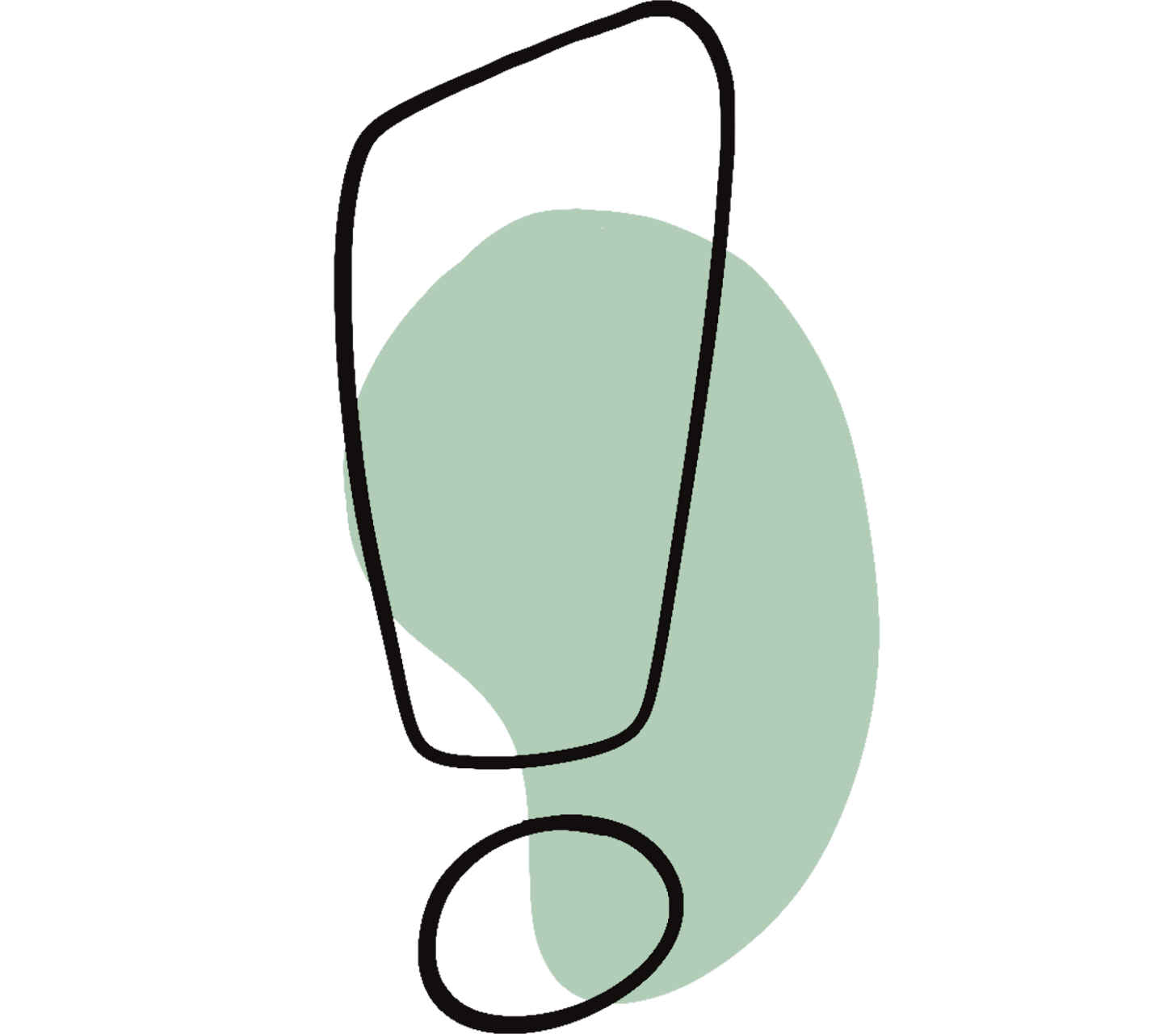
Present findings that are verifiable and supported by evidence. Do not make assumptions. Claims must be identified as such.
Example
According to a study by the Techniker Krankenkasse (2013, p. 14), 60 percent of people under the age of 25 eat convenience foods at least once a week.
Not: Studies by health insurance companies have shown that young adults eat poorly.

Avoid judgmental expressions. If you make evaluations, they must occur in an appropriate place and explicitly, e.g., in the conclusion.
Example
Müller (2012, p. 4) shows that the crime rate increased between 1992 and 2012. According to a study by the Federal Criminal Police Office (2013, p. 55), this is due to the growing spread of firearms.
Not: Müller (2012, p. 34) unfortunately shows that the crime rate has risen in the last 20 years. This is probably due to the far too high prevalence of firearms, according to a study by the Federal Criminal Police Office (2013, p. 55).
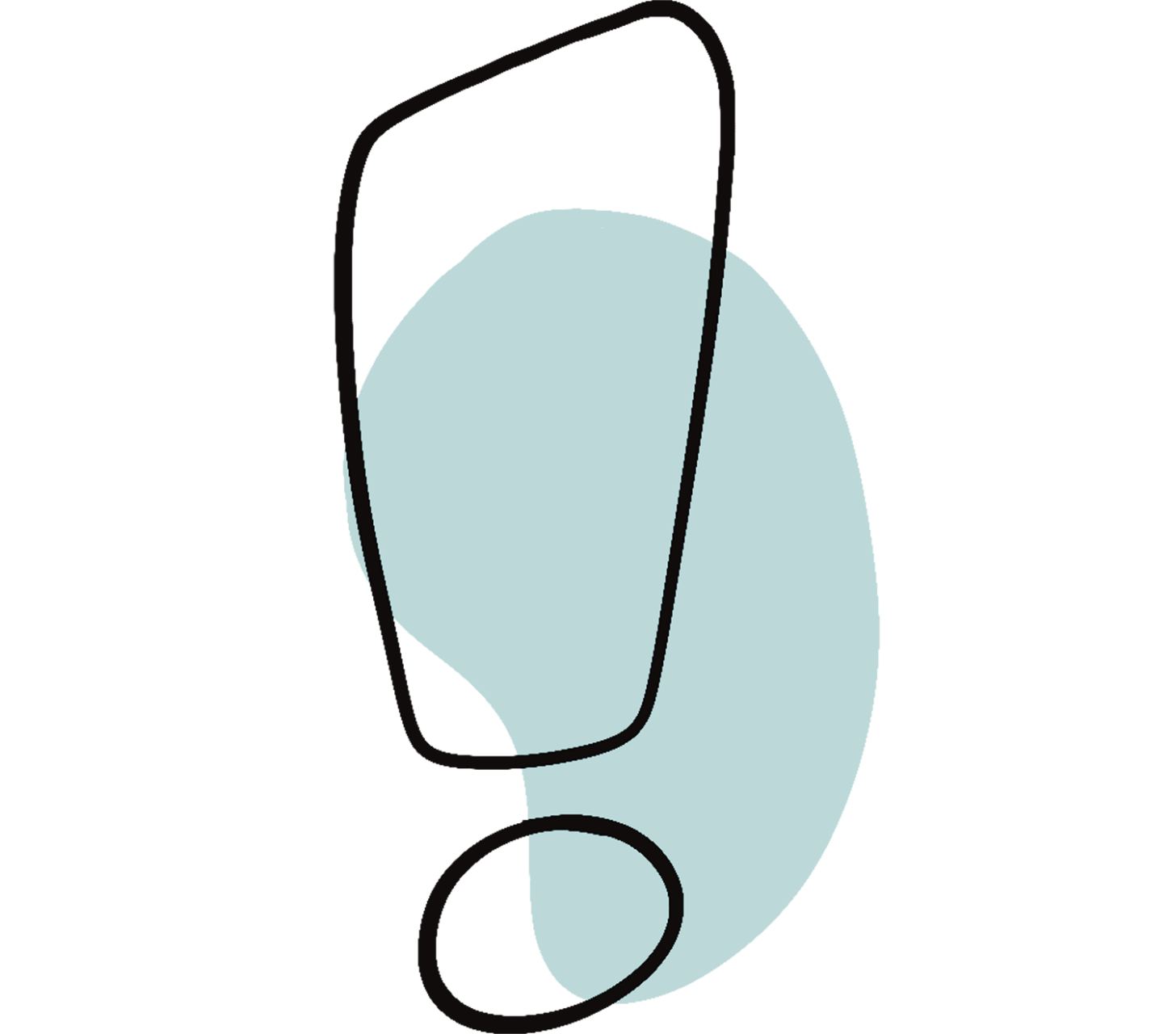
Avoid long paraphrases if you can express the idea with a technical term. Even if clear language is required, remember: You are writing an academic paper for a specialist audience. Later in your professional practice, you will also write texts intended for experts, such as reports or concepts, which do not need to be understood by every layperson.
However, technical terms should be introduced and defined where necessary, if they are not widely known.
Example
For these reasons, experts recommend full-day schools.
Not: For these reasons, experts recommend schools that, in addition to morning classes, offer an all-day program at least three days a week, with a minimum of seven hours each day.

Academic texts are working documents that should be easy to read and understand. Therefore, formulate as briefly and clearly as possible, and do not hide your statements behind unnecessarily complicated words and phrases.
Example 1
The German education system, and thus the school system, is diverse and partly confusing. What is meant by the term full-day school differs in terms of content, organization, and region.
Not: The school system, as part of the education system in Germany, is nowadays very diverse and partly also confusing. When you deal with the topic of “full-day school,” it quickly becomes clear that there is no single type of full-day school. In terms of content and organization, as well as regionally in the federal states and municipalities, there are major differences. Therefore, before this topic can be discussed, a definition should first be provided.
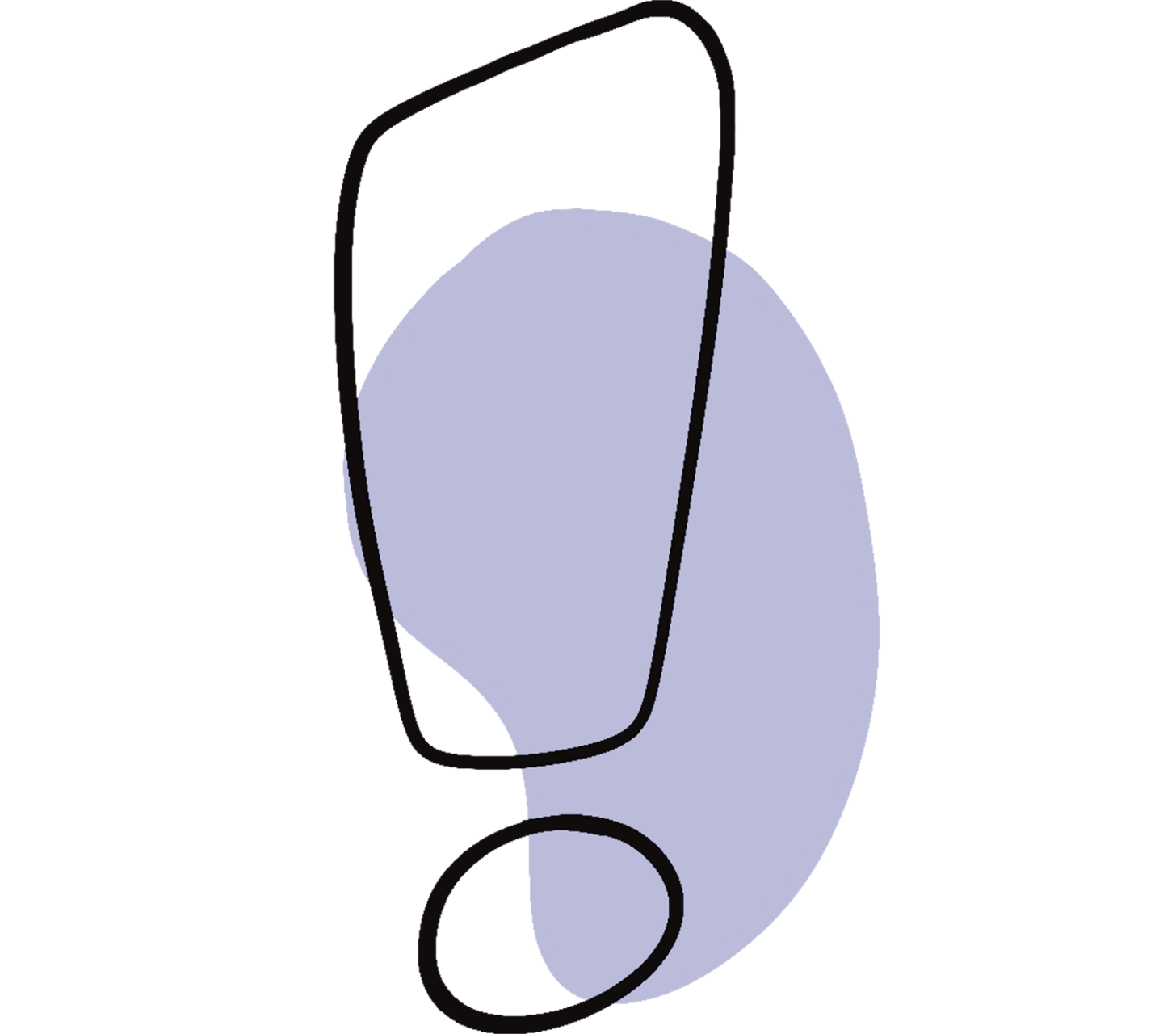
Example 2
Music therapy is one way to approach a person as an individual. Everyone perceives music differently, which is why music therapy does not appeal to everyone. However, its improvisational component makes it possible to respond individually to each person and their abilities. Therefore, music therapy can meaningfully complement common therapy methods.
Not: Music therapy is one way to approach a person as an individual and give them a stimulus. Of course, not everyone will respond to musical therapy, as everyone has a different relationship with music. However, due to the high proportion of improvisation, it provides an incredibly fascinating way to respond individually to the person and their abilities. Therefore, this form of music therapy is already a method that can very meaningfully supplement common therapy forms and offer hope.

Example 3
The number of places in transitional homes is limited.
Not: The places in transitional homes are subject to a quantitative limitation.

A certain level of formality is expected in academic writing. Therefore, avoid colloquial language, jargon, and promotional language. However, do not use overly formal language either.
Example 1
People who have committed offenses are imprisoned in correctional facilities.
Not: People who have dedicated their lives to crime are imprisoned in correctional facilities.

Example 2
The students at this school often wear worn-out clothes.
Not: The students at this school often wear old and shabby outfits.

Example 3
The program FIT UND AKTIV for seniors has existed since 1946.
Not: The success story of FIT UND AKTIV began about 70 years ago.

Every text written as part of your studies or your profession should also apply correct spelling, punctuation, and grammar. This is particularly true for academic work. An excessive number of formal errors may lead readers and examiners to doubt your overall diligence – for example, your academic work.

It is normal to become text-blind while writing and repeatedly overlook even obvious mistakes.
What characterizes academic language?
Although there are subject-specific differences, the language in all academic texts is generally: objective, proven, neutral, precise, clear, concise, and formal.
How can I improve my academic writing style?
To continuously improve your academic writing style, we recommend reading scholarly literature regularly, especially in your research area, and seeking text feedback from your lecturers and fellow students.
This article was published in August 2025 and last updated in March 2025.

